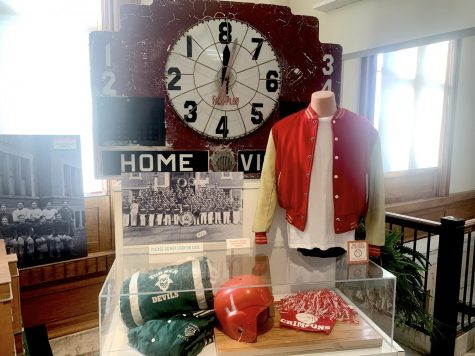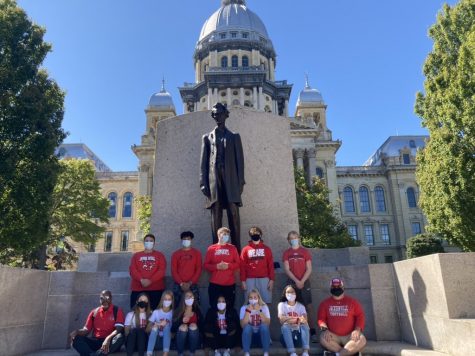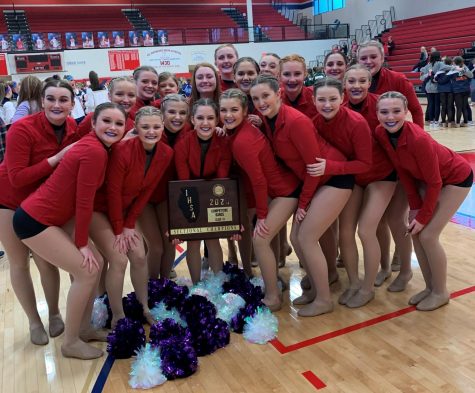How Thanksgiving came to be
December 1, 2015
During the month of November, we begin to reminisce on the things we are thankful for. While this may be a good tradition to follow, many people don’t know the true history behind Thanksgiving.
We all know how the English settlers came over to America on the Mayflower after Christopher Columbus made the discovery. Many of us don’t know, however, the hardships that followed. Many of the settlers stayed on the ship during the winter before heading to land. They suffered from scurvy, exposure, and outbreaks of contagious diseases. Only half of the crew members survived to see their first spring. In March, after moving ashore, the settlers were visited by an Abenaki Indian who spoke English. About a week later, he returned with a second Indian named Squanto who was a member of the Pawtuxet tribe. He taught the settlers, who were weakened by malnutrition and dehydration, how to cultivate corn, extract sap from maple trees, catch fish in the river, and avoid poisonous plants. He also helped them form an alliance with the Wampanoag, a local tribe. In November 1621, after the settlers’ first successful harvest, Governor William Bradford put together a celebratory feast and invited the group of the colony’s Native American allies, including the Wampanoag chief Massasoit. This festival lasted for three days. Of course, since they did not have ovens at the time, their feast did not include pies and cakes that are a trademark of Thanksgiving today. The settlers had their second Thanksgiving feast in 1623 after a long drought that threatened their harvest and caused all the people to go into a religious fast. Many times after this, including the Revolutionary War, colonies celebrated Thanksgiving as a way to get together after a hardship and be thankful for what they have. In 1817, New York became the first of several states to officially adopt an annual Thanksgiving holiday. At the height of the Civil War, Abraham Lincoln made a proclamation that every American should ask God to “commend to his tender care all those who have become widows, orphans, mourners or sufferers in the lamentable civil strife” and to “heal the wounds of the nation.” He scheduled Thanksgiving for the final Thursday in November, and it was celebrated on that day every year until 1939 when Franklin D. Roosevelt moved it up one week to help sales during the Great Depression. In 1941, the president signed a bill making Thanksgiving the fourth Thursday in November.






